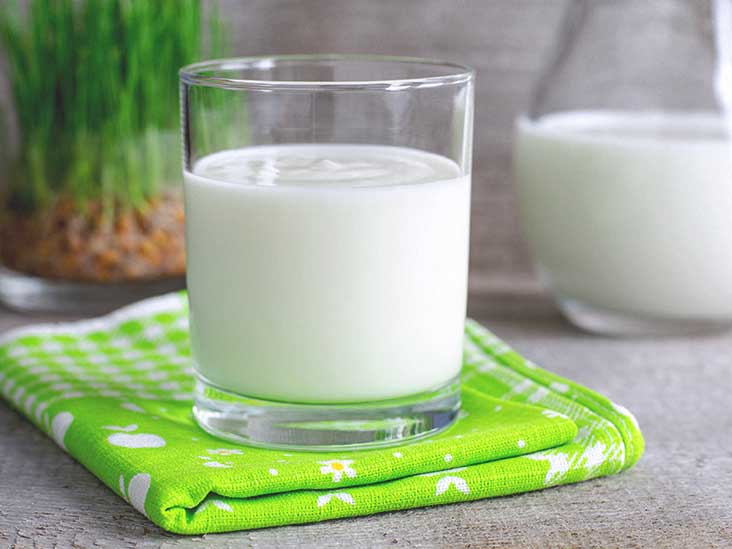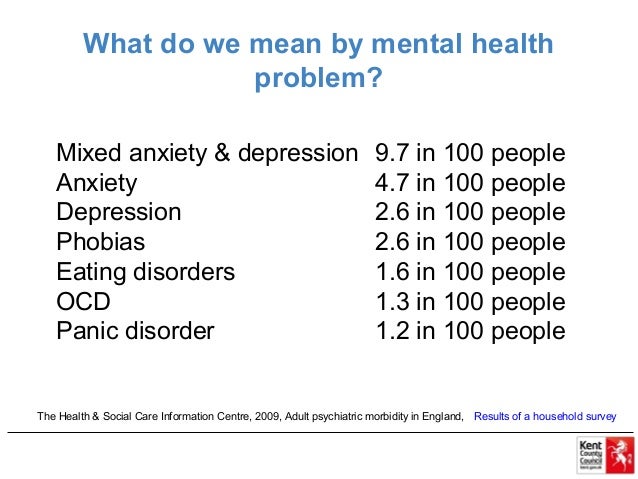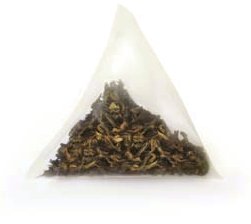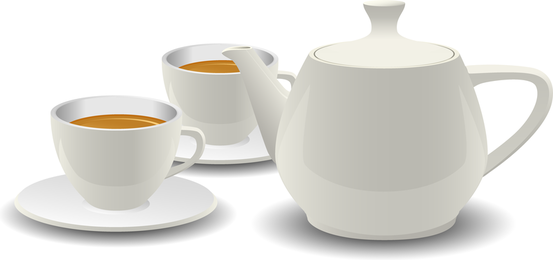 Fermented foods such as kimchi, sauerkraut, and kombucha tea have all been touted as the next big superfoods because they contain probiotics (another word for good bacteria). But one food seems to have been forgotten: kefir. This fermented drink is alleged to rebalance our gut and boost our overall health but what exactly is it?
Fermented foods such as kimchi, sauerkraut, and kombucha tea have all been touted as the next big superfoods because they contain probiotics (another word for good bacteria). But one food seems to have been forgotten: kefir. This fermented drink is alleged to rebalance our gut and boost our overall health but what exactly is it?Kefir is a fermented dairy milk drink, made by adding a live culture of yeast and bacteria to milk and leaving it to ferment for a few hours. The result? A tartly flavoured drink reminiscent of, and with a consistency between, milk and yoghurt. Originating from the region where Europe meets Asia, kefir has been made for over 2,000 years and is drunk religiously in countries including Russia and former Soviet states for its health benefits. The drink is rich in good bacteria, containing around 47 different strands, whereas yoghurt which contains just one or two.
It used to be known as the 'Grains of the Prophet'. Today it takes the form of a fermented milk product made with kefir 'grains' - gelatinous white or yellow clumps resembling cauliflower florets. Used as a starter culture, these grains contain a mixture of milk proteins, sugars and bacteria, mostly the Lactobacillus type, which is commonly found in yoghurt.
What's it good for?
Our natural fauna or the 'good' bacteria in our gut are vital to our health. They work to destroy 'bad' bacteria and keep our immune system in check, our digestion ticking and our overall health and vitality in good condition. Read my previous post on this: http://yaso-shan.blogspot.co.uk/2010/08/prebiotics-probiotics-antibiotics.html
Recent studies have suggested that a Western lifestyle and diet, rich in processed foods, sugar and unhealthy fats, is destroying the good bacteria in our guts, which may explain why digestive problems such as IBS are rampant.
Maintaining a healthy weight
A tall glass of kefir drink made with milk contains more than 6g of feel-full protein, so it qualifies as high in protein. It's a nutritionally complete protein too, providing all the key amino acids needed for health. Kefir is also a source of B vitamins, which help with energy release and there is some evidence that eating dairy protein helps with appetite control.
Establishing strong bones
 A study of osteoporosis patients found that those who regularly consumed kefir had denser, stronger bones after six months. The rich calcium content, coupled with doses of phosphorus, magnesium and vitamin K, could explain why it's beneficial for bones. Another reason could be that kefir boosts calcium absorption in the body, although this needs further research.
A study of osteoporosis patients found that those who regularly consumed kefir had denser, stronger bones after six months. The rich calcium content, coupled with doses of phosphorus, magnesium and vitamin K, could explain why it's beneficial for bones. Another reason could be that kefir boosts calcium absorption in the body, although this needs further research.Promoting recovery after exercise
Kefir could help tackle post-exercise muscle inflammation, according to a recent US study that gave endurance runners two servings of kefir a week. The results showed that the fermented drink cut levels of C-reactive protein (CRP) after exercise. CRP levels spike during acute inflammation, and while some inflammation is necessary in order for you to benefit from exercising, too much of it means that you aren't recovering well and it could lead to injuries.
Improving gut health
Kefir contains friendly probiotic bacteria - upwards of 30 different strains - which are believed to rebalance gut health by driving out the nastier pathogenic types of bacteria. Several recent studies have shown that including kefir in your regular diet (as a drink or with your usual breakfast muesli or fruit and yoghurt) reduces constipation, attacks a type of bacteria that causes stomach ulcers and improves symptoms linked to lactose intolerance, such as wind, bloating and diarrhoea. As the bacteria in kefir break down lactose, people who cannot tolerate dairy will most likely be able to enjoy it, too - and reap the benefits!
Other health benefits
- Digestion. Kefir is naturally very low in lactose and so easier for some people to digest. The probiotic bacteria also help to break down the ‘bad stuff’ in our bodies and support the digestive tract, which is good for those that suffer with digestive issues such as IBS.
- Nutrients. Kefir has high levels of calcium, phosphorus, vitamins and minerals.
- The skin. the skin is the map of our gut; if your gut is in good working order, it should show in your skin. It has been suggested that kefir can help autoimmune diseases such as roseca, acne and eczema.
How do I get it?
Making your own kefir drink is easy; simply grab a starter culture of kefir grains, add them to a glass jar or jug of milk or water, cover with a lid or cloth secured with a rubber band and leave in a warm dark place to grow. Shake the container every few hours. After 24 hours, strain out the kefir grains and you're left with a tart flavoured drink bursting with friendly bacteria, protein, vitamins and minerals. Keep the kefir grains and they can be used again and again to make further batches.
Add kiwi, berries or peaches to offset the sour taste, or nuts to boost the protein content further still and keep you feeling fuller for longer. Having kefir several times a week will add nutritional value to your diet. If you are lactose intolerant, have it daily to replace milk products. Kefir can be kept in the fridge, ready for you to
enjoy, or at room temperature for a day or so. Or it can be frozen for as long as you like!
References
http://www.telegraph.co.uk/foodanddrink/healthyeating/11652002/Is-kefir-the-trendy-new-health-drink-in-town.html










